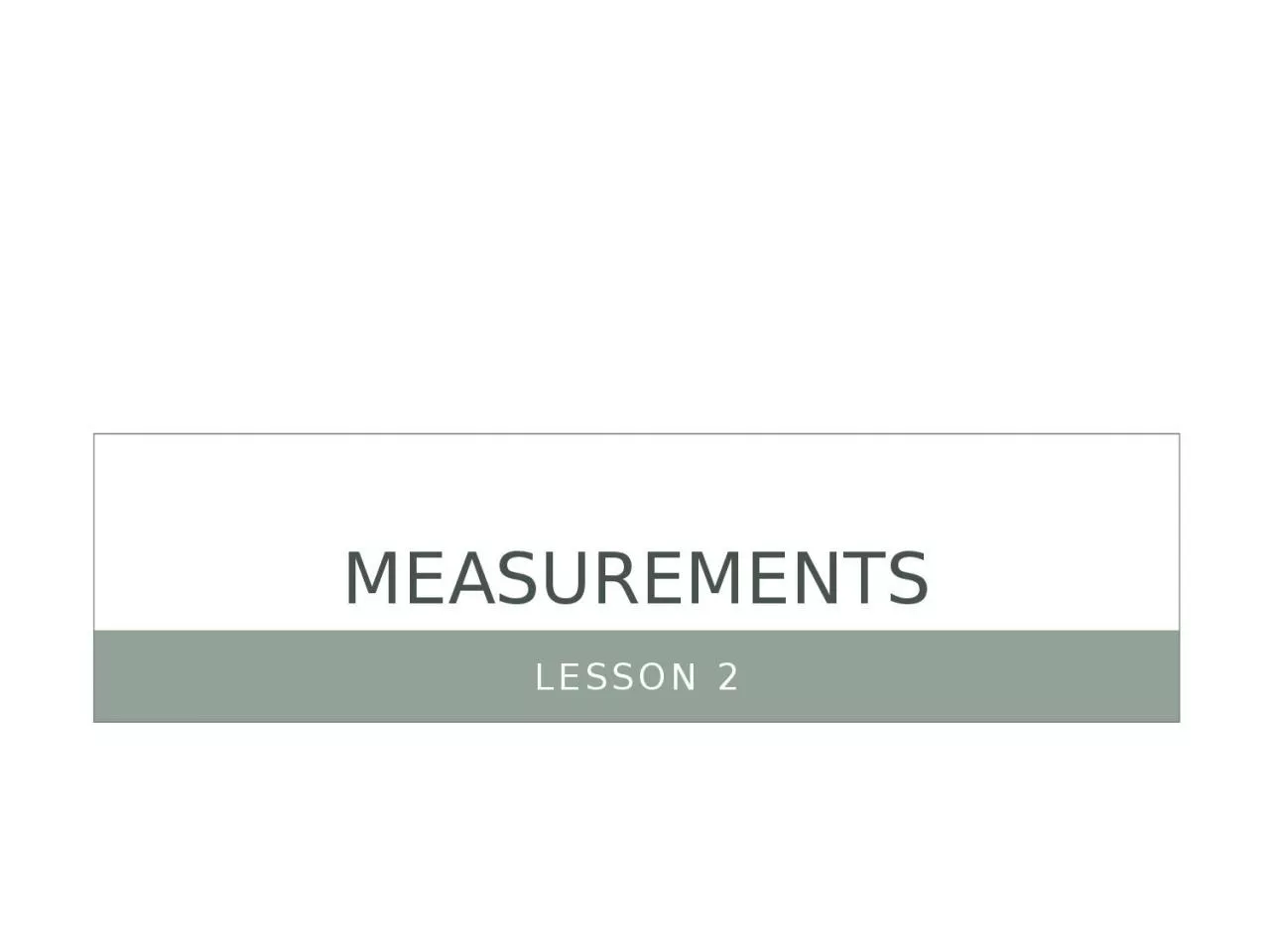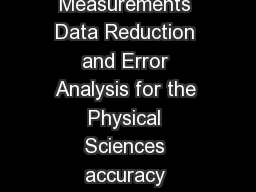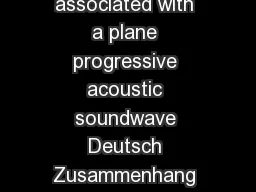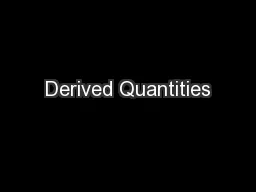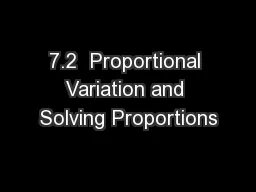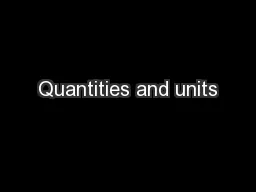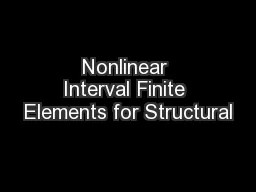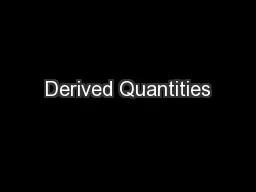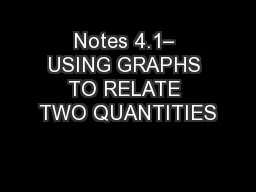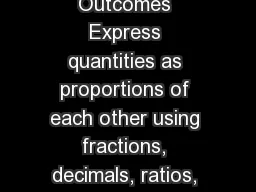PPT-MEASUREMENTS LESSON 2 Physical Quantities
Author : scarlett | Published Date : 2022-06-15
and their Units PHYSICAL QUANTITY refers to a quantity that can be measured Measured in SI Units which means International System of Units used all over the world
Presentation Embed Code
Download Presentation
Download Presentation The PPT/PDF document "MEASUREMENTS LESSON 2 Physical Quantitie..." is the property of its rightful owner. Permission is granted to download and print the materials on this website for personal, non-commercial use only, and to display it on your personal computer provided you do not modify the materials and that you retain all copyright notices contained in the materials. By downloading content from our website, you accept the terms of this agreement.
MEASUREMENTS LESSON 2 Physical Quantities: Transcript
Download Rules Of Document
"MEASUREMENTS LESSON 2 Physical Quantities"The content belongs to its owner. You may download and print it for personal use, without modification, and keep all copyright notices. By downloading, you agree to these terms.
Related Documents

